//What is nicotine?
Posted 05/10/2020 12:00am
Sarah Weaver, Science Academy Senior Manager, delves into the world of nicotine – arguably among the most controversial chemicals on the planet. But is this reputation entirely justified?
Nicotine is arguably one of the most stigmatised and misunderstood chemicals in public debate.
If misperceptions around the harm potential of nicotine – and its intricate relationship with smoking – endure they could potentially pose a serious threat to the promotion and facilitation of tobacco harm reduction on a global level.
For adult smokers to feel reassured by our portfolio of Next Generation Products (NGPs), we believe it’s important to have a frank and honest discussion about the nicotine contained within them.
In this new infographic and blog post, we break down the basics of nicotine while tackling some fundamental questions – including ‘Where does it come from?’, ‘How does it work?’, ‘Is it harmful?’ and ‘What are its effects?’
Where does nicotine come from?
Nicotine is a naturally occurring compound produced by the nightshade family of plants to protect themselves from insects.
The compound is present in aubergines, peppers, tomatoes and potatoes, although in much lower levels than those found in tobacco.
While you’d expect to see between 8-50 grams of nicotine per kg in a tobacco plant, depending on its type or origin, there’s only around 2-7 micrograms of nicotine per kg in foods. 1
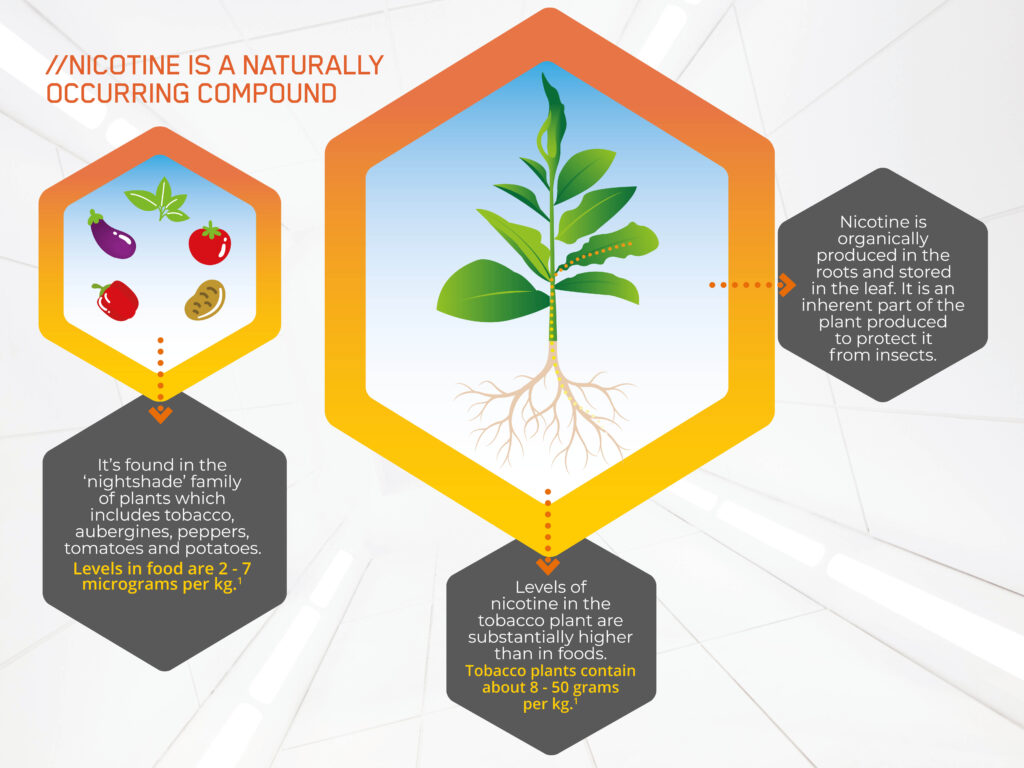
What about the nicotine in our products: where does that come from?
Actually, it varies across our portfolio, as these images explain.
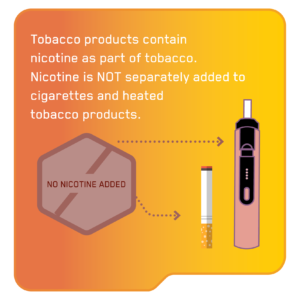

This nicotine we add to our vape e-liquids and tobacco-free oral nicotine pouches is pharmaceutical grade. Extracted as a clear liquid from tobacco leaf, it’s the same high quality and purity as the nicotine used in traditional ‘over-the-counter’ pharmaceutical and medically licensed products.
How is it consumed?
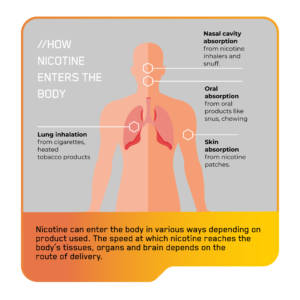
Nicotine can enter the body in various ways, depending on the product used. In turn, the route of delivery impacts the speed at which nicotine reaches the body’s tissues, organs and brain.
The adjacent image shows the various ways in which nicotine can enter the body.
How does nicotine work?
Part of nicotine looks very similar to a chemical messenger (acetylcholine) that naturally occurs in our bodies and plays an important role in alertness, attention, learning and memory.
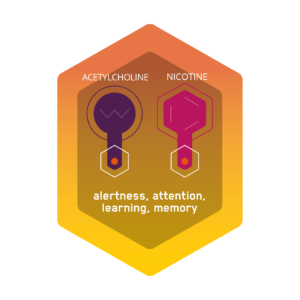
Nicotine binds to the same receptors in our bodies as acetylcholine, mimicking its action. In adult smokers, nicotine has similar effects to acetylcholine.
What are the reported effects of adult consumption?
Nicotine is considered a mild stimulant and produces a broad range of physical effects. These effects are transient and not dissimilar to those experienced when drinking coffee or watching a horror movie.
Although it is a stimulant, nicotine can have different effects. Adult users report small doses can lead to alertness, and larger doses to relaxation.2

Is nicotine harmful?
There are around 7,000 chemicals in tobacco smoke, of which nicotine is one.
Nicotine is an addictive substance and is not considered to be risk-free. That said, public health experts worldwide have concluded the toxicants generated from burning tobacco, and not nicotine, are the primary cause of smoking-related diseases. 3
Decoupled from tobacco smoke, nicotine’s long-term safety profile has been established through years of pharmaceutical clinical trials and decades of ‘over-the-counter’ use.
Is it poisonous?
Like many substances, at high doses nicotine can be poisonous. However, it is not poisonous at the intended levels typically consumed by adult NGP users.
Many foods contain trace levels of poisonous chemicals – no diet is free of them.
Apples, for example, contain low levels of cyanide – while pears contain formaldehyde. In fact, your morning cup of coffee reportedly contains 19 cancer causing chemicals. 4
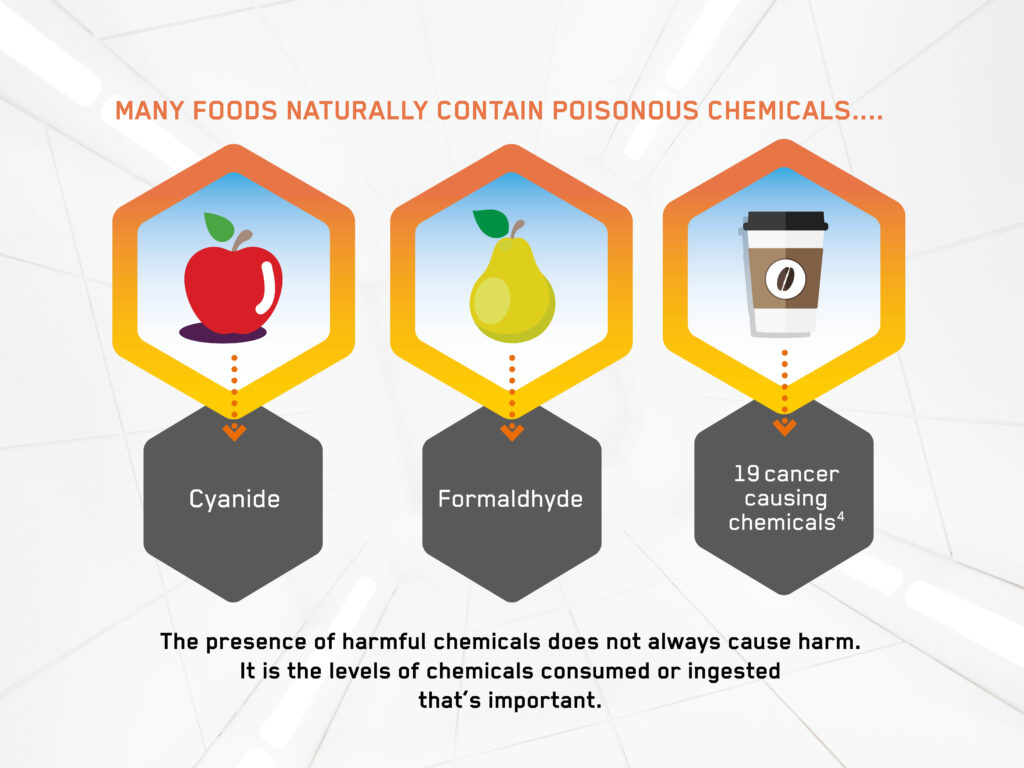
The presence of a harmful chemical doesn’t inherently cause harm – it’s the level ingested or consumed that’s important. This ‘the dose makes the poison’ principle has been central to medical practice for centuries.
What are the endpoints associated with nicotine use?
Some studies suggest nicotine:
- Improve symptoms in some neurological disorders such as Parkinsons, Tourettes, Alzheimer’s and ADHD. 5 6 7 8 9
- Enhances performance (through concentration, alertness and memory)10 11 12 13 and mood (reducing depression). 14
- To date, has not been established to cause, by itself, cardiovascular disease or cancer.15 16
- Improve motor skills.15
- Improve ulcerative colitis. 17
However, others also report nicotine:
- Is toxic at high doses (which aren’t reached when used as intended by adult smokers) 18
- Can cause transient increases in heart rate and blood pressure.
- Exposure during adolescence may have lasting adverse consequences for brain development. 15
- May aggravate diabetes due to potential irregularities in glucose metabolism. 19
- In females may lead to adverse effects on fetal brain development as well as increasing the likelihood of preterm delivery and stillbirth. 15 However, public health bodies do agree that adult mothers should consider vaping during pregnancy if they won’t stop smoking. 20
Studies on laboratory animals also find nicotine may negatively adversely impact adolescent brain development, reproductive effects, insulin resistance and diabetes. 18 However there is limited human data to support these findings.
That said, we are unequivocal that youth, pregnant women, and people with diabetes should not use nicotine products, and we strongly support youth access prevention efforts.
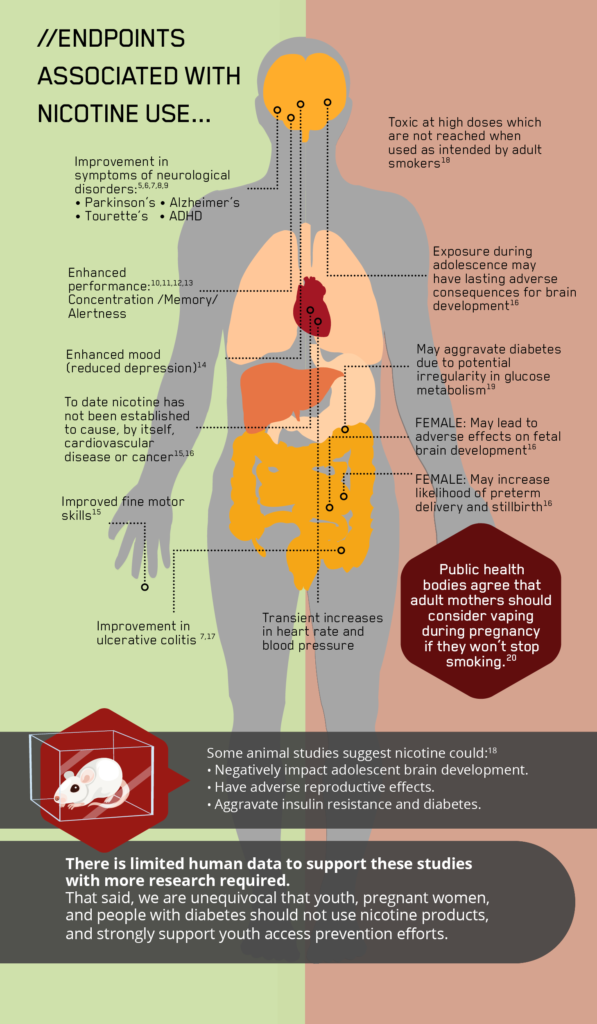
Demystifying the debate
“Four out of 10 smokers and ex-smokers wrongly think nicotine causes most of the tobacco smoking-related cancer, when evidence shows nicotine actually carries minimal risk of harm to health.” – Public Health England, UK Government Public Health Matters Blog.
To help build belief in the positive public health potential of tobacco harm reduction, it’s essential we – manufacturers, media and governments alike – continue to explore, explain and demystify nicotine’s relationship with smoking, smoking-related disease and NGPs.
With this in hand, adult smokers will be much better equipped to make informed choices about transitioning to potentially harm-reduced nicotine products, compared to the health risks of continued cigarette use.
To find out more about nicotine, check out our official scientific position and 7 Things You Never Knew About Nicotine blog post.
—
You are free to share this content with credit to Imperial Brands under a Attribution-NoDerivatives 4.0 International (CC BY-ND 4.0) license.

- Siegmund, B et al. Determination of the nicotine content of various edible nightshades (Solanaceae) and their products and estimation of the associated dietary nicotine intake. Journal of Agricultural and Food Chemistry. 1999; 46: 3113-3120.
- Mündel T. Nicotine: Sporting Friend or Foe? A Review of the Athlete Use, Performance Consequences and Other Considerations. Sports Med 2017;47 (12): 2497-2506
- Harm reduction in nicotine addiction: helping people who can’t quit. A report by the Tobacco Advisory Group of the Royal College of Physicians, October 2007.
- What is risk? Science politics and public health. Roger Bate
- https://www.parkinsons.org.uk/get-involved/can-nicotine-stop-some-parkinsons-symptoms
- https://www.alzdiscovery.org/cognitive-vitality/ratings/nicotine
- Levin ED, et al., March J. Nicotine effects on adults with attention-deficit/hyperactivity disorder. Psychopharmacology (Berl).1996 Jan;123(1):55-63
- http://www.schizophrenia.com/nicotine.benefits.html
- https://www.cochranelibrary.com/cdsr/doi/10.1002/14651858.CD004838.pub2/full
- Gray JA, et al.,. Neurochemical mechanisms mediating the behavioural and cognitive effects of nicotine. Drug Dev Res 1994; 31: 3-17.
- Foulds Jet al. Cognitive performance effects of subcutaneous nicotine in smokers and never-smokers. Psychopharmacology 1996; 127: 31-8.
- Heishman SJ, et al Meta-analysis of the acute effects of nicotine and smoking on human performance. Psychopharmacology (Berl). 2010 Jul;210(4):453-69. doi: 10.1007/s00213-010-1848-1. Epub 2010 Apr 24.
- Warburton DM. The functional conception of nicotine use. In: Clarke PBS, Quik M, Adlkofer F, Thurau K, editors. Effects of Nicotine on Biological Systems II: Advances in Pharmacological Sciences – V. Nicotine and Smoking: Current Controversies. Basel: Birkhauser Verlag; 1995. pp.257-64.
- Warburton DM. The puzzle of nicotine use. In Lader M (eds) The Pyschopharmacology of Addiction Oxford: Oxford University Press 1988 p27-49
- https://www.rcplondon.ac.uk/projects/outputs/nicotine-without-smoke-tobacco-harm-reduction
- https://www.cdc.gov/tobacco/data_statistics/sgr/50th-anniversary/index. html
- https://www.cochrane.org/CD004722/IBD_transdermal-nicotine-for-the-treatment-of-active-ulcerative-colitis
- Mayer B (2014) How much nicotine kills a human? Tracing back the generally accepted lethal dose to dubious self-experiments in the nineteenth century Arch. Toxicol. 88 (1): 5-7
- https://www.webmd.com/diabetes/nicotine-blood-sugar
- https://www.nhs.uk/conditions/pregnancy-and-baby/smoking-pregnant/
